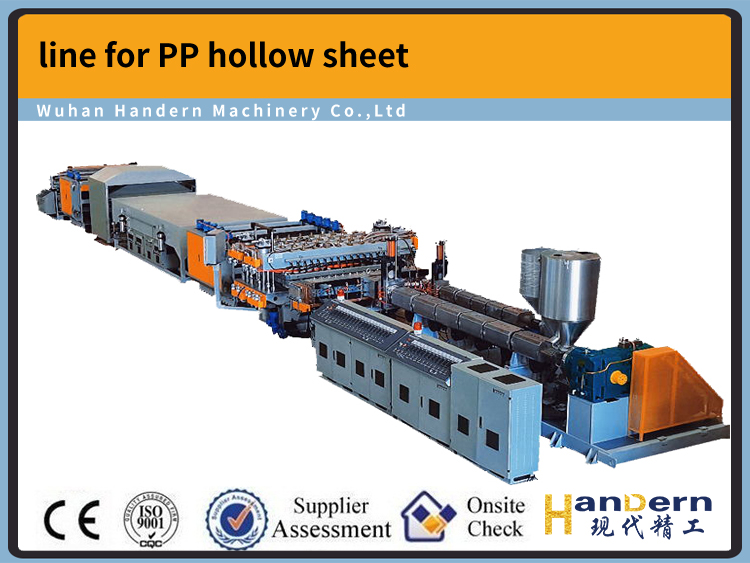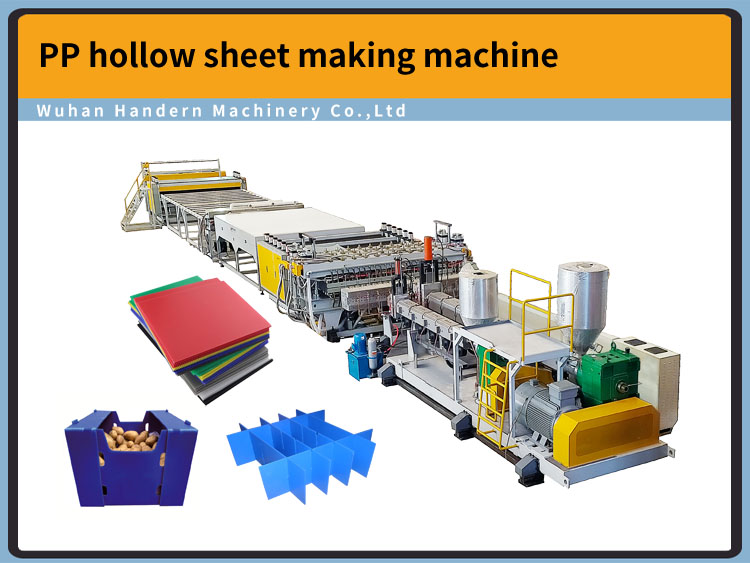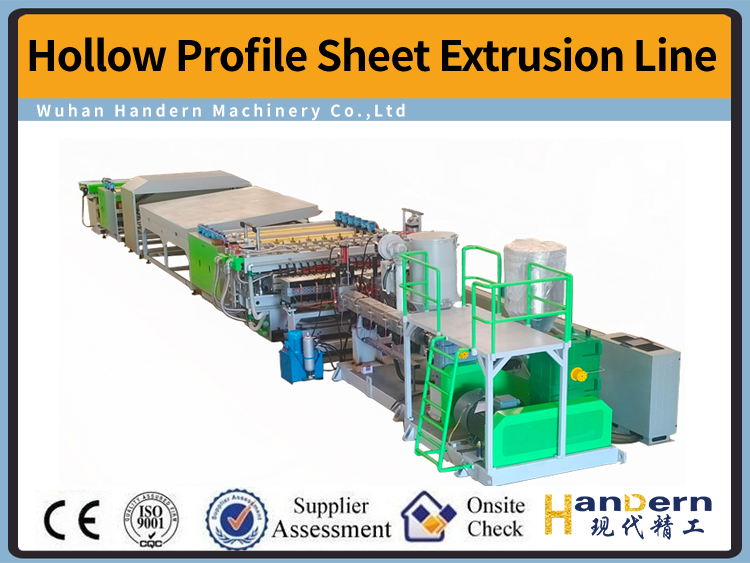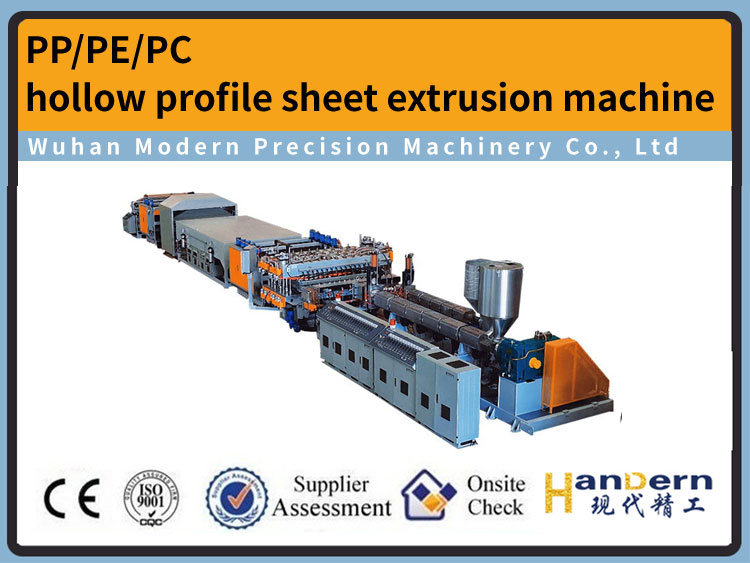Polypropylene flowing film
DATE:2019/6/12 8:18:00 / READ: / SOURCE:This station
Polypropylene flowing film
The rogue method can produce a polyolefin cast film, a polyolefin wrap film, a polyamide cast film, and the like. In general, the rogue film refers to a polyolefin laminating film, and specifically, it can be classified into a flowing polypropylene (CPP) film and a flowing polyethylene (CPE) film. CPP film has high transparency, good stiffness, low heat sealing temperature, heat resistance, moisture resistance, good barrier property, strong printing and compounding, and smooth surface.
It can be used for packaging of food, stationery, groceries and textiles, etc., and can be used for packaging various foods after being compounded with other films (PP is generally used as the inner and outer layer of composite film). Including foods, condiments, soups, etc. that require heat sterilization. Compared with P blown film, CPP film has excellent optical performance and high production efficiency. CPP in developed countries
The output of the membrane is higher than that of the PP blown film; compared with the biaxially oriented polypropylene (BOPP) film, the CPP film has the advantages of simple processing equipment and low cost per unit area, and has a place in the field of high-grade packaging film.
1. Structure and main raw materials
In the 1980s, PP rogue films were mostly single layers. In the 1990s, multi-layer composite extrusion gradually became the mainstream, and now it has developed toward the 5th and 7th layers of coextrusion. The multi-layer co-extruded composite film adopts different materials and has the advantages and characteristics unmatched by the single-layer flowing film. According to the type of use, CPP membranes are classified into three types: general-purpose, metallized, and retort-resistant. Different rogue films have different requirements on PP raw materials, and there are obvious differences in the properties of different resins. In general, the multilayer composite CPP film is composed of a corona treatment layer, a support layer and a heat seal layer, and the respective functions of the three layers and the requirements for the raw materials are also different.
Corona treatment layer: In order to improve the printing performance of the CPP film, the surface of the film must be corona treated. The CPP film must meet the requirements of easy corona treatment and slow decay rate. Corona treatment is used to increase the surface roughness of the polymer and increase the surface wetting tension, but the surface wetting tension is not as large as possible. Otherwise, the surface of the film will be brittle due to excessive oxidation, resulting in a decrease in mechanical properties. The degree of surface infiltration tension is directly related to the content of low molecular substances in the resin. The more low molecular substances, the faster the surface infiltration tension is depleted, and the wetting agent content is preferably (0.8 to 1.2) x 103. The fundamental requirement for the corona layer raw material is that it must have a certain anti-blocking property and control the content of low molecular substances.
The rogue method can produce a polyolefin cast film, a polyolefin wrap film, a polyamide cast film, and the like. In general, the rogue film refers to a polyolefin laminating film, and specifically, it can be classified into a flowing polypropylene (CPP) film and a flowing polyethylene (CPE) film. CPP film has high transparency, good stiffness, low heat sealing temperature, heat resistance, moisture resistance, good barrier property, strong printing and compounding, and smooth surface.
It can be used for packaging of food, stationery, groceries and textiles, etc., and can be used for packaging various foods after being compounded with other films (PP is generally used as the inner and outer layer of composite film). Including foods, condiments, soups, etc. that require heat sterilization. Compared with P blown film, CPP film has excellent optical performance and high production efficiency. CPP in developed countries
The output of the membrane is higher than that of the PP blown film; compared with the biaxially oriented polypropylene (BOPP) film, the CPP film has the advantages of simple processing equipment and low cost per unit area, and has a place in the field of high-grade packaging film.
1. Structure and main raw materials
In the 1980s, PP rogue films were mostly single layers. In the 1990s, multi-layer composite extrusion gradually became the mainstream, and now it has developed toward the 5th and 7th layers of coextrusion. The multi-layer co-extruded composite film adopts different materials and has the advantages and characteristics unmatched by the single-layer flowing film. According to the type of use, CPP membranes are classified into three types: general-purpose, metallized, and retort-resistant. Different rogue films have different requirements on PP raw materials, and there are obvious differences in the properties of different resins. In general, the multilayer composite CPP film is composed of a corona treatment layer, a support layer and a heat seal layer, and the respective functions of the three layers and the requirements for the raw materials are also different.
Corona treatment layer: In order to improve the printing performance of the CPP film, the surface of the film must be corona treated. The CPP film must meet the requirements of easy corona treatment and slow decay rate. Corona treatment is used to increase the surface roughness of the polymer and increase the surface wetting tension, but the surface wetting tension is not as large as possible. Otherwise, the surface of the film will be brittle due to excessive oxidation, resulting in a decrease in mechanical properties. The degree of surface infiltration tension is directly related to the content of low molecular substances in the resin. The more low molecular substances, the faster the surface infiltration tension is depleted, and the wetting agent content is preferably (0.8 to 1.2) x 103. The fundamental requirement for the corona layer raw material is that it must have a certain anti-blocking property and control the content of low molecular substances.
Author:admin




